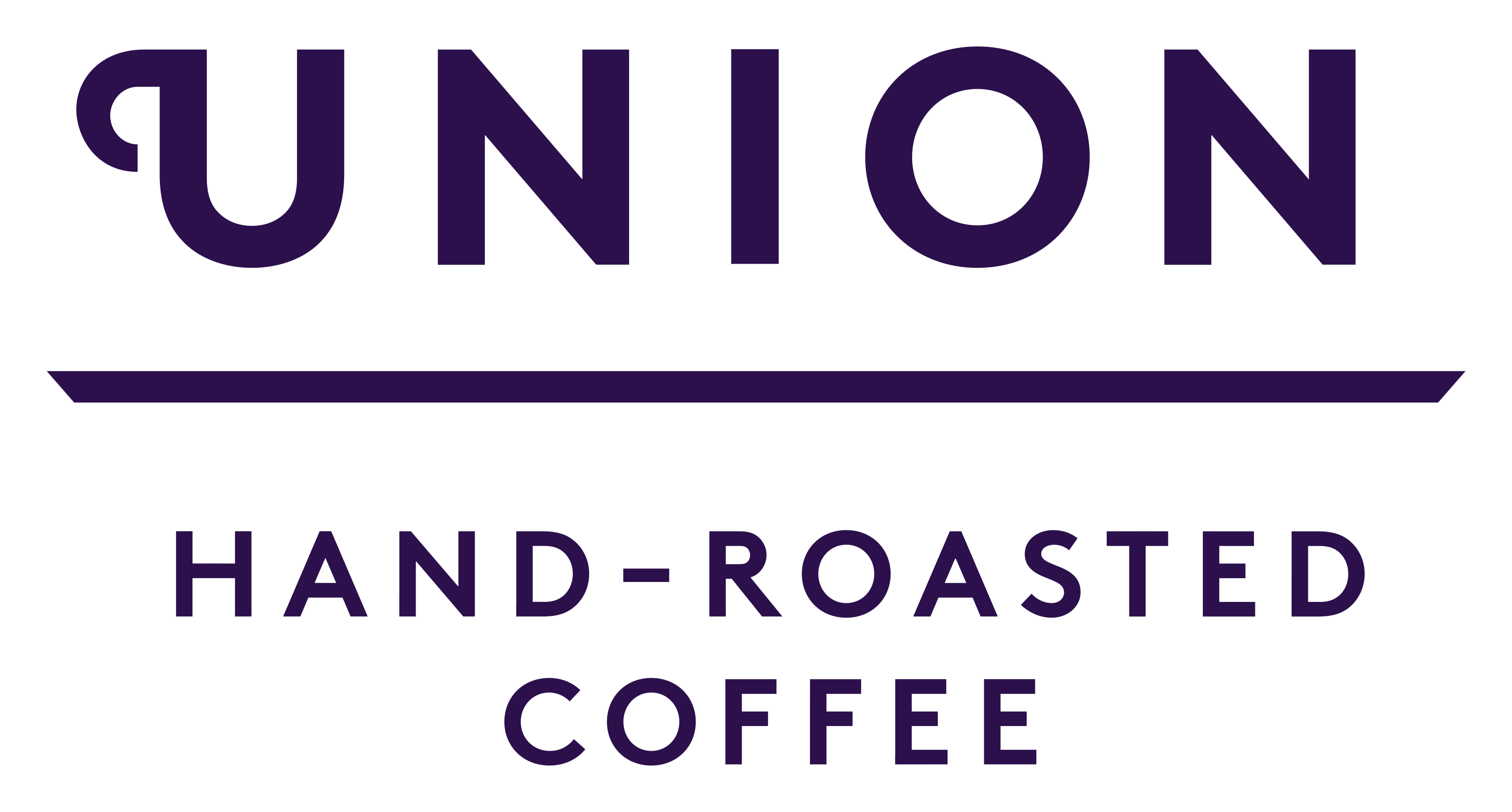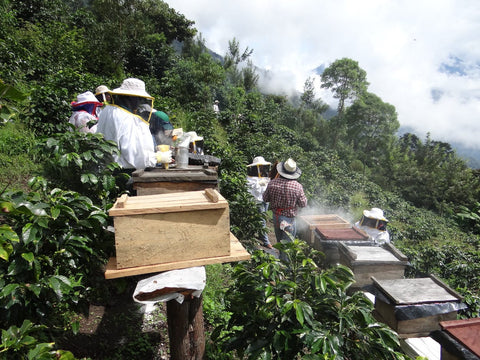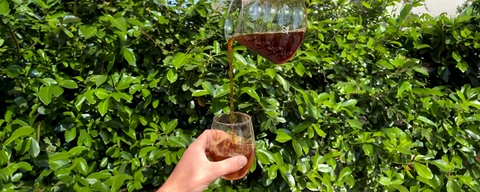First Published - July 18, 2012 (By Steven, Co-Founder)
Our first exceptional lot from this up-coming origin finally arrived. It’s been a labour of love to actually get our hands on this small parcel of great bourbon coffee, with our
journey starting back in August 2010. For those of you who follow our exploits, you may recall my first exploration of Burundi’s coffee production scene was on
Burundi-road-trip-june-2010 and with progress being made during the 2010 – 11 harvest season, the decision was made to apply to the Alliance for Coffee Excellence (A.C.E.) for
Burundi to be considered to host a Cup of Excellence Competition.
Before any country can host the Cup of Excellence programme, countless operational challenges have to be overcome – from establishing the producer and chain of custody for all samples, through to ensuring adequate roasting and cupping facilities are professionally managed. The most important aspect however, and one of the prime legacy effects of the competition, is the development of a team of national experts from the local industry that are capable of screening samples to the high standards expected by the international quality coffee market. This National jury is responsible for screening all lots entered by farmers, repeatedly tasting until just around 40 – 50 samples remain for the invited international team and representing the best coffee that the country has to offer.
In common with Rwanda’s own debut into the competition, and before final approval could be given by A.C.E. that Burundi possessed the organisational strength and resources required, a test event entitled the ‘Burundi Prestige Cup’ was held in August 2011 that would replicate and examine all procedure and protocols for competition. Having been so closely associated for around 10 years with the development of quality coffee in neighbouring Rwanda, I was delighted to be invited to participate in this inaugural panel and to
have the opportunity catch up with some of the people I had met a year earlier.

Jeremy cupping action with Steinar Paulsrud (Kaffebrenneriet, Norway) and Head Judge, Paul Songer (Songer Associates, USA)
The National Jury working under A.C.E. Head Judge, Paul Songer, who has also been heavily involved in Rwanda’s successful rise as a quality coffee producer, worked their way through 96 samples eventually passing 46 as being representative of the highest grade of coffee. Along with 10 other experienced cuppers from the USA, Norway, Australia and Japan we then spent the following week tasting and re-tasting again to eventually pass 22 lots as being representative of a cup of excellence finalist selection. Significantly, one lot achieved a score of over 90 points, qualifying for what would in a formal competition be a Presidential Award –a great achievement considering that the washing stations and cooperatives here had only had one season experience in producing for the quality market.
Looking back over my notes from the previous year’s tour, it was quickly apparent as we got into the real business of cupping that there had in the past year been some real improvements in many areas of Burundi coffee production. Many of the samples that we cupped showed good characteristics overlaying clean and sweet coffees, and with
consistency over the week as samples passed through each round. (we only know the identity of lot numbers at end of the week and through tracing these back
through the rounds scoresheets). At the most basic level, the incidence of potato taste, a defect that is prevalent in this region of East Africa was far lower than expected, and lower than I experienced on the previous year’s tour. Given the scale of many of the washing stations so far constructed in Burundi, I had expected this issue to be more obvious, and it is testament to the process management improvements that this has not been seen to be so. More exciting however was that for the first time, I started to get some real East Africa/Great Lakes regionality with the Bourbon character coming clearly and cleanly through, and a range of cup styles from light floral sweet citric, through to rich raisin sweet bodied cups. Diversity arises from soil and microclimate differences but without careful growing and clean processing, these vibrant characters just won’t be found. Through the week there were interesting comments from different Jury members and clearly there were coffee styles here to suit all the Judges (we are all buyers) personal and national style needs.
Usually when attending Cup of Excellence as a jury member, the results are declared at the end of the week with a big ceremony and awards before the coffees are sold on the internet auction some three months later. One of the perks of being invited to such a test competition however is that the winning lots which have been held back from conventional sale are auctioned between the invited international jury members on the final morning of the week. With only 10 bidders in the room and without the luxury of hiding behind a screen in another country, we raised arms to bid under the eye of the Burundi Coffee Sector directors and government representatives. As ever, our Japanese
and Nordic representatives were not shy of high prices and with a few keenly contested lots I kept having a go to see what I could get for our friends back
home. After a few technical problems with the auctioneers bid recording, and having just been edged out of a lot that I thought I had bought – until the hammer came down – I finally and very happily secured a lot from the Kinyovu Washing station in the northern Kayanza District that had got everyone talking about in round 1, had shone in round 2
before dropping down the rankings due to just one cup on one of the very final tables that didn’t present as well. Very happily, this was one of the stations and areas I had visited the year before and which I knew had good altitude in the surrounding hillsides (around 1880M)and good regional support for the coffee sector. My final score for the coffee was 87, just shy of our own 88 point Microlot selections but a really good effort given we are in year -1 of the competition!

Twa (Pygmy) tribe women at Busekera Village, a crafts village where the women make traditional clay pots and earthenware.
It’s an understatement to say it’s taken a number of months to get the coffee ready to ship due to the fact that it’s a very small parcel and in the height of the season, the mills preparing coffee for export really don’t want to have to look out for just a few bags. We waited until after the main export season therefore so that we would be able to control the milling quality and ship the coffee along with some additional coffees from the region.
Having seen this coffee from the beginning of the competition through to roasting here in East London we are delighted that the quality has held up so well. I hope that you will enjoy drinking it as much as we are– the cup shows many of the aspects I love about this region; silky body and mouthfeel, great delicate milk chocolate praline undercurrent and a wonderful sweet delicate acidity, less aggressive than other East African coffees.
This parcel only represents a tiny amount – about 3 sacks of coffee that will not last long. Seek it on our online shop. If the quality improvements seen this last year continue, then Burundi may become as important an origin for us in the next ten years as the wonderful Rwanda had been over the last.





